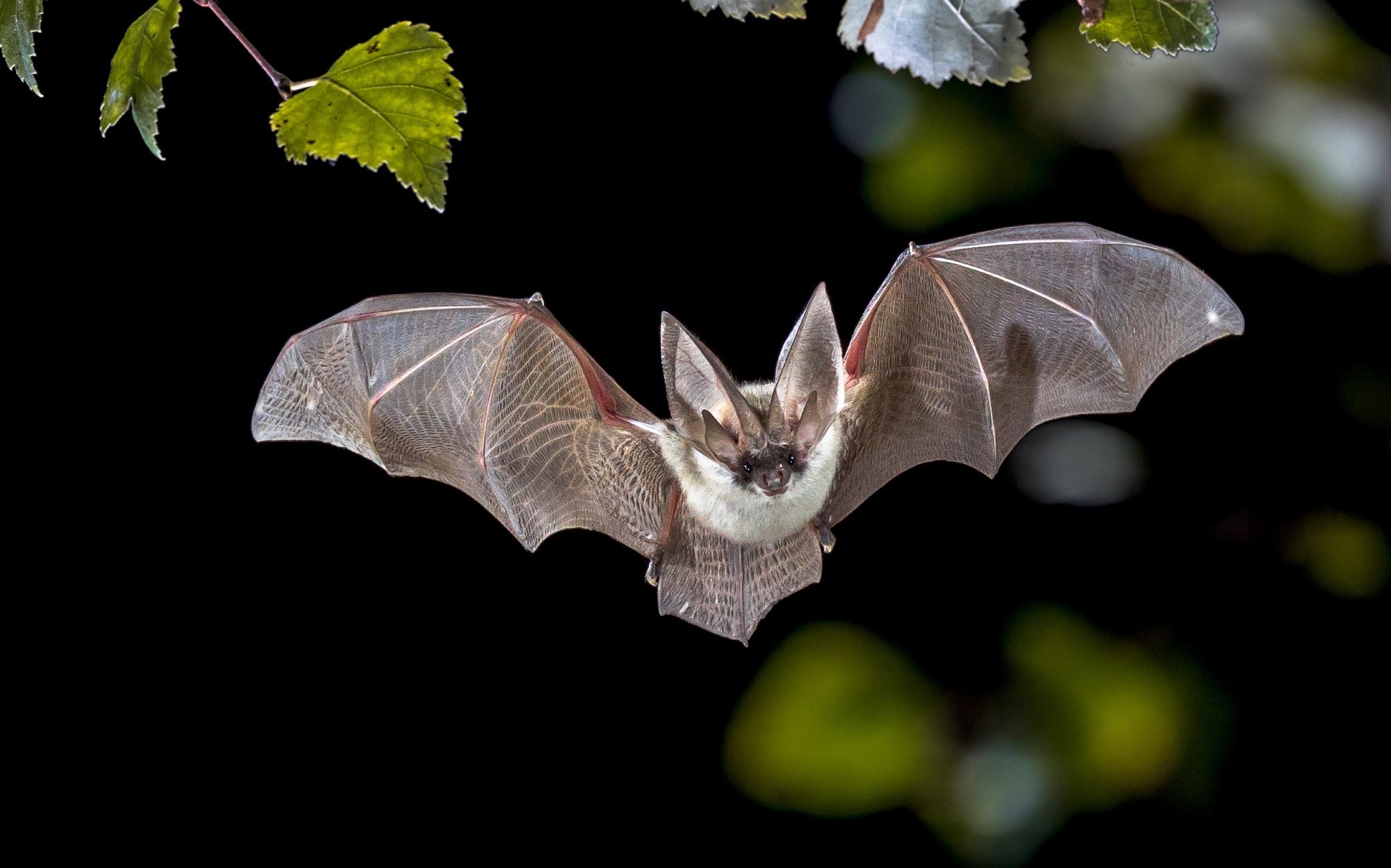In a recent study posted to the bioRxiv* preprint server, researchers characterized the mammal-infecting viruses in 149 bats, representing six genera and 15 species, sampled from Yunnan province, China using an unbiased meta-transcriptomics approach.
 Study: Individual bat viromes reveal the co-infection, spillover and emergence risk of potential zoonotic viruses. Image Credit: Rudmer Zwerver/Shutterstock
Study: Individual bat viromes reveal the co-infection, spillover and emergence risk of potential zoonotic viruses. Image Credit: Rudmer Zwerver/Shutterstock

 *Important notice: bioRxiv publishes preliminary scientific reports that are not peer-reviewed and, therefore, should not be regarded as conclusive, guide clinical practice/health-related behavior, or treated as established information.
*Important notice: bioRxiv publishes preliminary scientific reports that are not peer-reviewed and, therefore, should not be regarded as conclusive, guide clinical practice/health-related behavior, or treated as established information.
Background
Compared to other mammals, bats, belonging to the order Chiroptera, hosts several virus species. They are the natural animal reservoirs for many emerging viruses that infect mammals, especially humans. Thus, exploring viral diversity in bats could help identify potential zoonotic spillover events.
More importantly, studying bat viruses could help researchers understand the extent of viral co-infections and the frequency of viral spillover(s) within bats, which, in turn, determines and drives virus diversity in these species.
About the study
In the present study, researchers collected rectum samples from 149 bats between 2015 and 2019 for ribonucleic acid (RNA) extraction and meta-transcriptomic sequencing. They used non-ribosomal RNA (rRNA) reads to assemble contigs de novo and used those annotated as viruses for virome characterization. Next, the researchers quantified the virus load and the number of virus species for each bat. Notably, they only considered bats with greater than one read per million reads (high viral load) as true positives. Finally, they used Poisson regression to estimate the effect of host genera on the number of virus species identified within these bats.
Study findings
Meta-transcriptomic sequencing, on average, fetched 41,789,834 clean non-rRNA reads for each animal, from which they could assemble 1,048,576 contigs de novo. Of these, they used 36,029 contigs for virome characterization. The researchers identified 41 mammal-infecting virus species belonging to 11 families, of which 32 were RNA viruses. The prevalence was the highest for the Reoviridae family, followed by Picornaviridae and Coronaviridae families, present in 27.5%, 12.1%, and 8.7% of animals sampled, respectively. The other virus families were less prevalent in the sampled bat species, i.e., ≤4%.
The virus positivity rate of the sample bats was 47.0%, with only 70 of 149 bats testing positive for at least one virus species. Nearly one-third of 70 virus-positive bats had infections by more than one viral species, albeit the number of virus species per bat species was uneven. For instance, Rhinolophus bats carried more virus species per animal, whereas Aselliscus bats carried much less. Intriguingly, different bat species shared 12 virus species, with four, three, three, one, and one species belonging to families, Coronaviridae, Reoviridae, Picornaviridae, Parvoviridae, and Polyomaviridae, respectively, raising the possibilities of index-hopping.
An observed high frequency of virus co-infection and species spillover among the bat species create conditions that facilitate virus recombination and reassortment. The researchers identified five viral species likely to be pathogenic to humans, including a novel recombinant SARS-like coronavirus (CoV). This virus closely resembled severe acute respiratory syndrome coronavirus 2 (SARS-CoV-2) and SARS-CoV, with only five amino acid differences between its receptor-binding domain (RBD) sequences and the ancestral SARS-CoV-2 strain. This functional analysis predicts that this recombinant CoV could be of high zoonotic risk.
Bat families Hipposideridae and Rhinolophidae shared two virus species with the broadest range, Rotavirus A type 1 (RVA1) and mammalian orthoreovirus (MRV). The remaining ten viral species were only shared among animals from the same genus, except for bat coronavirus HKU10 and Bat RVJ-like rotavirus BtSY1. Partial Mantel tests showed that more phylogenetically related or geographically close bat individuals had more similar virome compositions and had more virus species in common. For instance, the viromes of Rhinolophus or Hipposideros bats formed two network modules in which individuals within the same genus shared more viruses than individuals from different genera. Poisson regression analysis showed the same association after controlling for the confounding effect of the sampling date.
Phylogenetic analysis identified viral species of concern belonging to the Coronaviridae and the Reoviridae families, with three and two species, respectively. Notably, the researchers detected these viruses in more than one bat species, and their prevalence was high, especially Mammalian orthoreovirus and Rotavirus A type 1.
A phylogenetic analysis using the conserved RNA-dependent RNA polymerase (RdRp) protein revealed that both Bat SARS-like virus BtSY1 and BtSY2 belonged to the subgenus Sarbecovirus of betacoronaviruses, which had >90% nucleotide identity to human SARS-CoV. Notably, the N-terminal domain, receptor-binding domain, and nucleocapsid genes of Bat SARS-like virus BtSY2 were more closely related to SARS-CoV-2's early Wuhan-Hu-1 strain, indicating a history of recombination. The study also discovered 28 new viral species infecting mammals, with eight, five, four, and three viruses belonging to the Picornaviridae, Astroviridae, Parvoviridae, and Caliciviridae, respectively.
Conclusions
The researchers noted an unexpectedly high frequency of co-infection, with approximately one-third of the virus-positive bats simultaneously infected by two or more viruses. Indeed, inter-species transmission and co-infection of bat viruses are common and have implications for virus emergence.
Furthermore, the study findings suggested that recombination and reassortment are very likely to happen within individual bats, which, in turn, might facilitate the emergence of zoonotic viruses. Furthermore, the frequent virus spillover among phylogenetically related or spatially co-located bats provided an opportunity for viromes of different bat species to exchange, further expanding the genetic diversity of circulating viruses.

 *Important notice: bioRxiv publishes preliminary scientific reports that are not peer-reviewed and, therefore, should not be regarded as conclusive, guide clinical practice/health-related behavior, or treated as established information.
*Important notice: bioRxiv publishes preliminary scientific reports that are not peer-reviewed and, therefore, should not be regarded as conclusive, guide clinical practice/health-related behavior, or treated as established information.